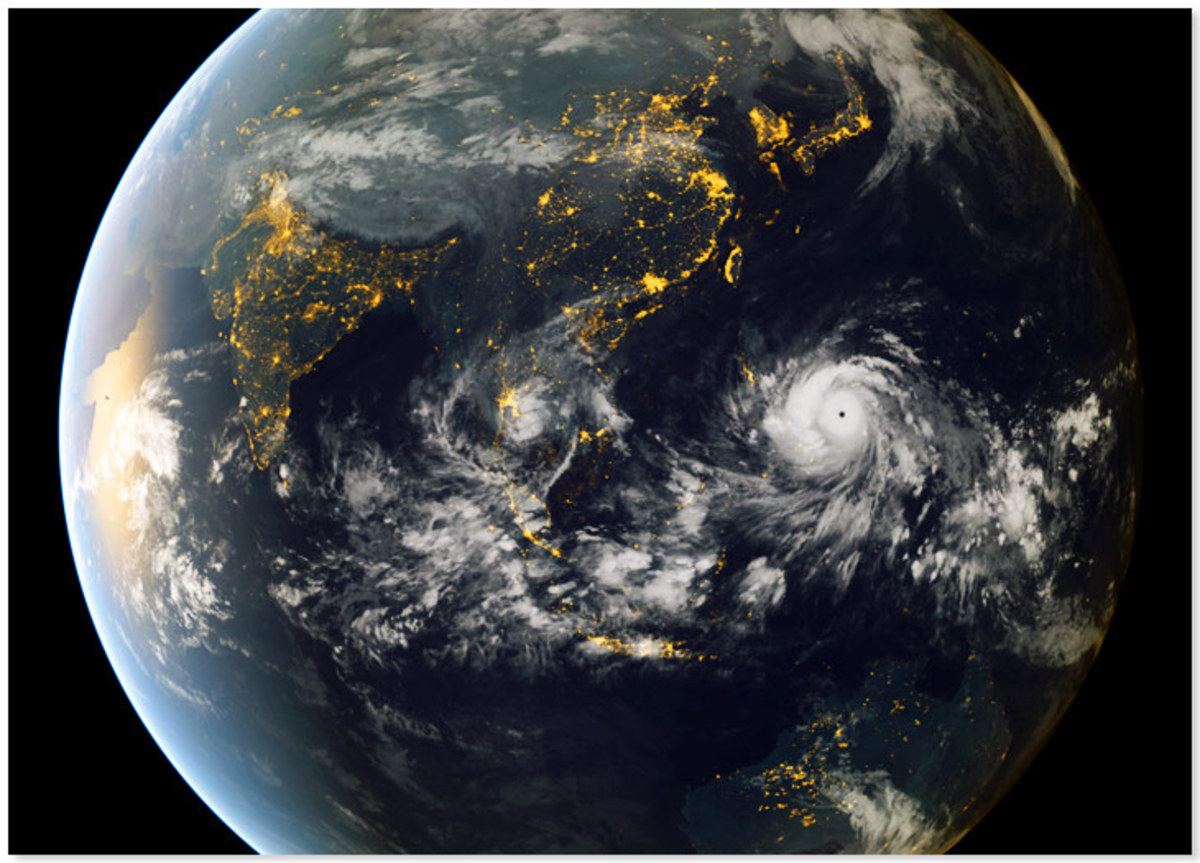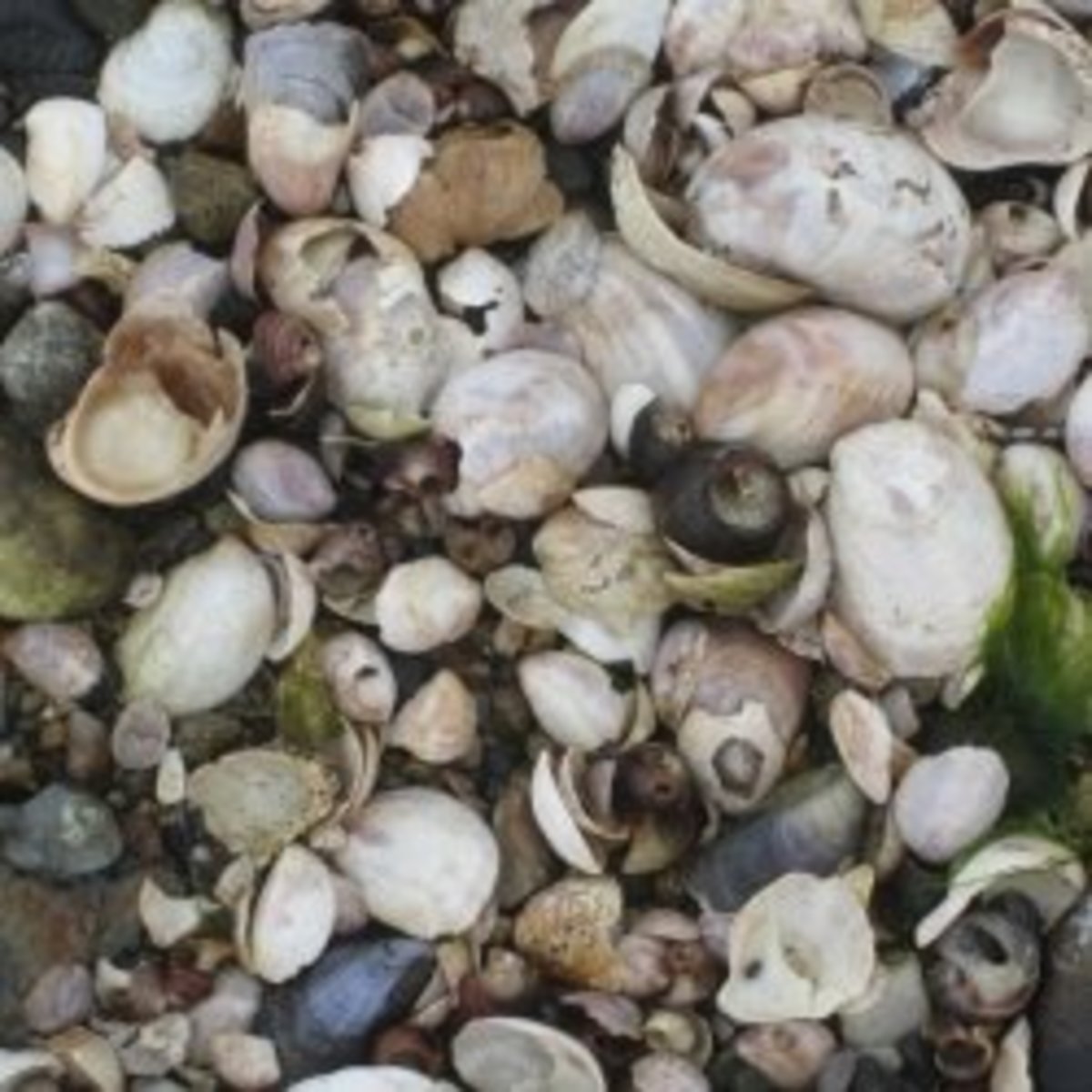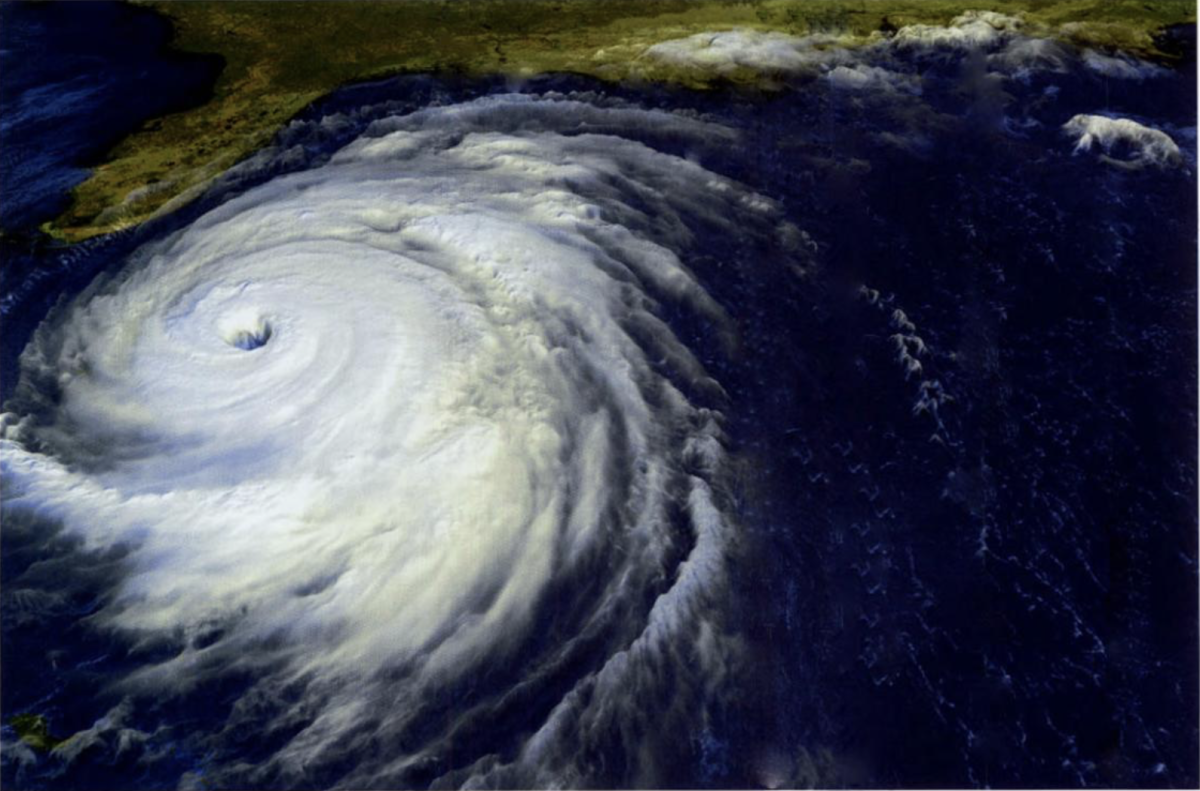The Philippines Has Suffered the Most from Climate Change (Super Typhoon Haiyan or Yolanda)
Destruction by super typhoon Yolanda (Haiyan), photo from BBC news. Nov. 14.1213
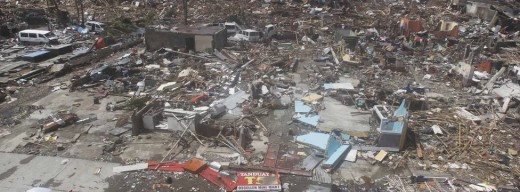
Picture of Haiyan taken by Aqua satellite on Nov. 8 (Digg, Internet, Nov. 12,2013)
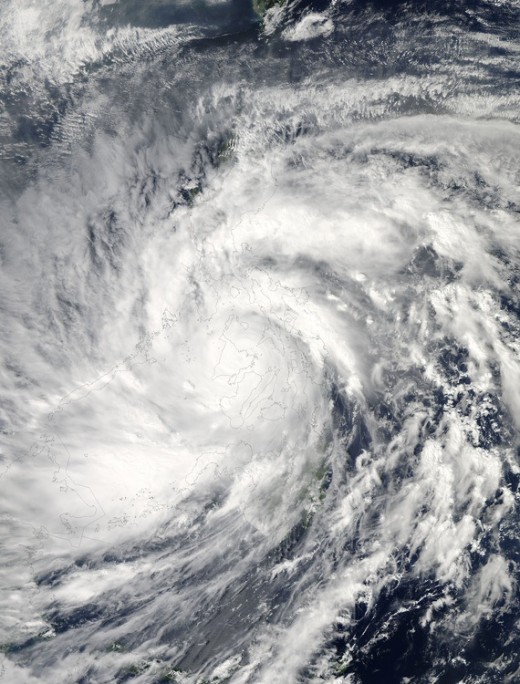
Climate change brewed super typhoon Haiyan that has wrought destruction to the Philippines
Super typhoon Haiyan brewed in the Pacific ocean and raced toward northern Asia. It packed a wind speed of about 250 kilometers per hour at the start and landed at about 195kph in northern Asia.
Haiyan made its first landfall in the island of Samar, Philippines in November 9, made its second landfall in Leyte province, third in Cebu province, fourth in Bohol province, fifth in Negros province, sixth in Panay island (Capiz and Iloilo provinces) and exited the Philippines in Palawan province.
Haiyan crossed the West Philippine sea and hit Vietnam, Korea, and China.
By the time Haiyan hit mainland Asia, its speed had been reduced to about 195kph. That means, the Philippines had reduced its speed by about 60 kph.
When it hit the Philippine area of responsibility, super typhoon Haiyan was renamed Yolanda. In the Philippines, typhoons are classified into signal I, signal II, signal III and signal IV, being the strongest. There might be a need for signal V to indicate a super typhoon like Yolanda.
Yolanda has wrought indescribable destruction and has claimed several lives of Filipinos. You can open several Websites to view the destruction. Plenty are reports of counts and lists of the dead and missing people, houses torn down, cars blown away, ships carried into land by storm surges, trees uprooted or broken and crops destroyed.
Climate change
There is no doubt that climate change has been brewing storms, super typhoons and hurricanes. Temperature is the main factor that starts a typhoon in a big body water like the Pacific ocean.
The rise in world temperature is brought about by the layer of carbon dioxide that envelopes earth. This layer is built up by carbon dioxide emission from burned fuel like fossil fuel, wood and coal.
Growing rice also emits carbon dioxide, so does decaying organic matter like in composting or making of fertilizer out of plant parts and livestock defecation.
Industrialized nations emit the greatest amount of carbon dioxide. There is an association between fuel consumption and carbon dioxide emission. For example, USA consumes 25% of fossil fuel; USA contributes the greatest amount of carbon dioxide.
No reversal of carbon dioxide emission
However, there is no foreseeable reversal in the emission of carbon dioxide to the atmosphere in the near future.
In fact, there is a foreseeable acceleration in the emission. This can be derived from the production and consumption of fossil fuel.
In a few years, the USA will be the top producer of fossil fuel from shale. It will surpass the Middle East that presently tops in the production of crude oil.
The Middle East and USA are hesitant to recognize the phenomenon of climate change. In the past presidential election in USA, some candidates denied the presence of climate change. In the Inter country panel in climate change conference held before 2007, crude oil producers would not permit “human activities” as cause of climate change but consented to the use of “anthropogenic” in the final resolution of the conference.
Favorites
The US was hit by Katrina and the recent hurricane in New York.
Other countries have had their share of typhoons and flash flood caused by climate change: Australia, Germany, Britain, France, Japan, China, Bangladesh, India, Spain and many more.
But none of them had suffered destruction that can equal that one wrought by Haiyan (or Yolanda) on the Philippines.
In the future, we expect more typhoons, super typhoons, flash floods visiting the Philippines as it sits right in Pacific ocean, the prime generator of these man-made calamities.
The Philippines has contributed only a small amount to carbon dioxide in the atmosphere but she has suffered the most from its bad side effects.





